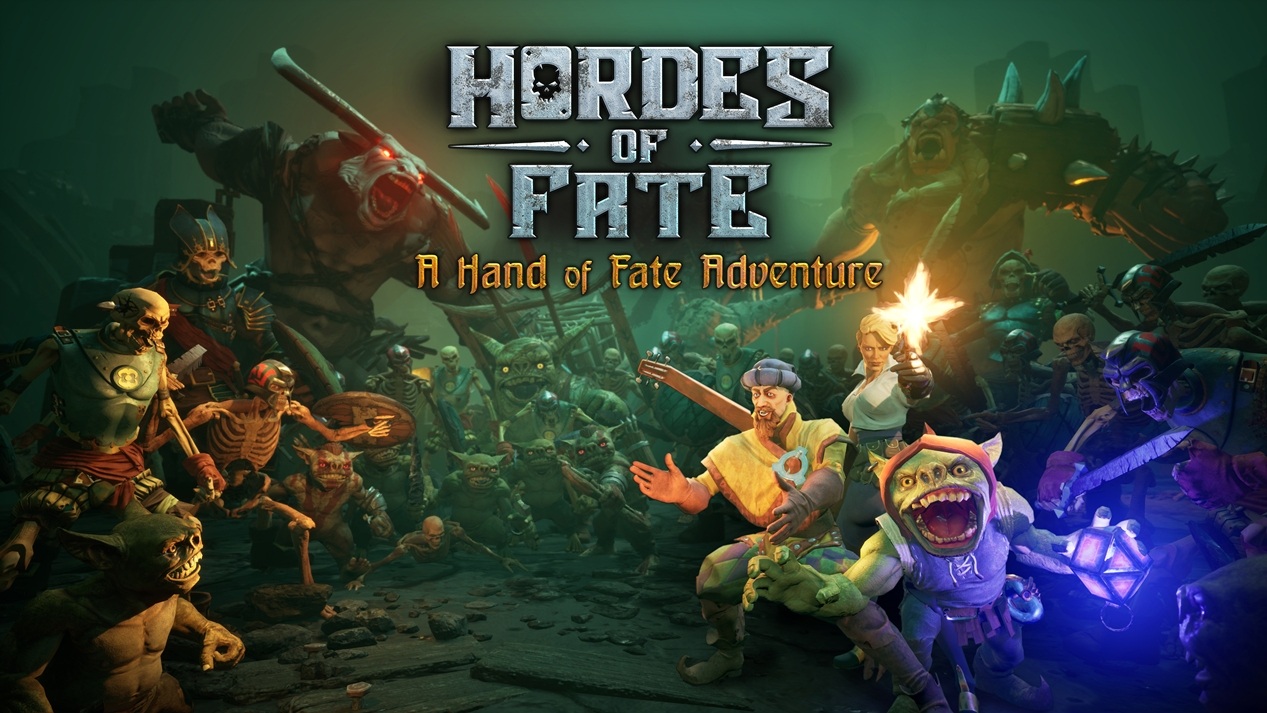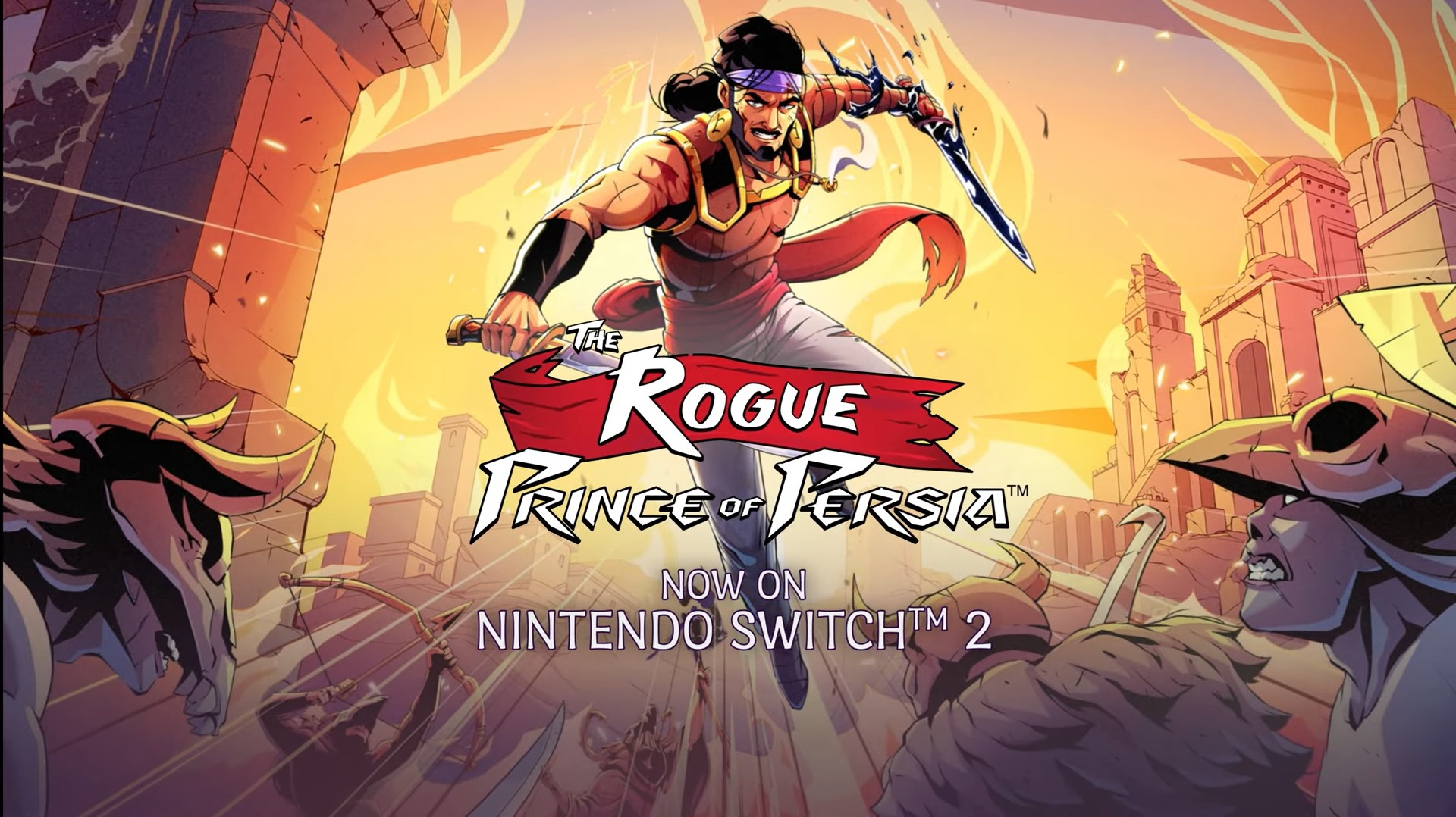In the competitive landscape of late-1980s home consoles, arcade-quality ports were a badge of honor for both developers and hardware manufacturers.
As titles like Capcom’s Ghouls 'n Ghosts captivated arcade audiences following its 1988 debut on the CPS-1 board, the race to bring faithful adaptations to living rooms was underway.
Developers such as NEC Avenue and iconic figures like Yuji Naka faced both technical and creative challenges as they vied to deliver the closest possible experience to coin-op purists.
Early attempts at arcade conversions, especially during the Nintendo Entertainment System (NES) era, often fell short due to limited hardware—visuals, sound, and gameplay were regularly compromised.
With the 1987 launch of the PC Engine, however, NEC introduced a console that significantly narrowed the gap between the arcade and at-home entertainment.
Sega’s Mega Drive, released in 1988, soon followed, featuring standout ports of titles like Golden Axe and After Burner II that underscored its technical prowess.
As the 16-bit era matured, fierce competition between platforms produced sharper, more faithful renditions of popular games.
The Super Nintendo Entertainment System (SNES) made significant inroads with an acclaimed version of Street Fighter II, but it was Capcom’s Ghouls 'n Ghosts that vividly demonstrated how close home systems could get to replicating the arcade experience.
Released in arcades in 1988, Ghouls 'n Ghosts quickly became a commercial hit and was subsequently ported to numerous home platforms.
The Mega Drive adaptation, helmed by Yuji Naka under Capcom’s license, made an impression in 1989 with fidelity that nearly mirrored its arcade counterpart. The PC Engine SuperGrafx, released by NEC in 1989, represented another leap in home arcade conversions.
With only five dedicated games ever released and commercially overshadowed by competitors, the SuperGrafx struggled to find market traction.
But, in 1990, NEC Avenue’s conversion of Ghouls 'n Ghosts for the SuperGrafx distinguished itself as a technical marvel.
Many retro enthusiasts and historians consider this version the closest contemporary match to the arcade original, thanks to its faithful visuals and animation.
The port has since enjoyed renewed interest, including inclusion on the PC Engine Mini, further cementing its reputation as a collector’s favorite. In 2024, the storied SuperGrafx port of Ghouls 'n Ghosts is once again in the limelight, thanks to a contemporary modding initiative led by developer turboxray.
Announcing the project on social media, turboxray shared: “It's the perfect moment to revisit the SuperGrafx.
To kick things off, I’ve started a public repository for Ghouls 'n Ghosts hacking that anyone can follow or contribute to.” Among the first upgrades is support for the full arcade-native 384x240 resolution, aligning the home version’s display with that of the 1988 coin-op original.
Additionally, turboxray has implemented a superior ROM mapper, opening the door for enhanced graphical assets and paving the way for even more arcade-accurate modifications.
These technical strides are made possible by advances in storage technology, which were unavailable to NEC Avenue during the original 1990 development—constraints that forced significant data compression and color palette limitations.
"To fit all the details and animation into the original HuCard, severe compression was used," turboxray explains.
"Most sprites used only 7 colors, and some background layers were reduced to just 3 or 4 colors." Early tests confirm that the mod functions both on authentic SuperGrafx hardware and via emulation.
This continually evolving project promises to further bridge the gap between the legendary arcade release and its definitive home port.
For developers and fans interested in contributing to this resurrection of a retro masterpiece, direct involvement with turboxray’s repository is encouraged. As 21st-century preservation and enhancement projects like this gain momentum, the legacy of games such as Ghouls 'n Ghosts continues to grow—demonstrating the enduring appeal and technical ingenuity that define the golden era of arcade-to-home conversions.
As titles like Capcom’s Ghouls 'n Ghosts captivated arcade audiences following its 1988 debut on the CPS-1 board, the race to bring faithful adaptations to living rooms was underway.
Developers such as NEC Avenue and iconic figures like Yuji Naka faced both technical and creative challenges as they vied to deliver the closest possible experience to coin-op purists.
Early attempts at arcade conversions, especially during the Nintendo Entertainment System (NES) era, often fell short due to limited hardware—visuals, sound, and gameplay were regularly compromised.
With the 1987 launch of the PC Engine, however, NEC introduced a console that significantly narrowed the gap between the arcade and at-home entertainment.
Sega’s Mega Drive, released in 1988, soon followed, featuring standout ports of titles like Golden Axe and After Burner II that underscored its technical prowess.
As the 16-bit era matured, fierce competition between platforms produced sharper, more faithful renditions of popular games.
The Super Nintendo Entertainment System (SNES) made significant inroads with an acclaimed version of Street Fighter II, but it was Capcom’s Ghouls 'n Ghosts that vividly demonstrated how close home systems could get to replicating the arcade experience.
Released in arcades in 1988, Ghouls 'n Ghosts quickly became a commercial hit and was subsequently ported to numerous home platforms.
The Mega Drive adaptation, helmed by Yuji Naka under Capcom’s license, made an impression in 1989 with fidelity that nearly mirrored its arcade counterpart. The PC Engine SuperGrafx, released by NEC in 1989, represented another leap in home arcade conversions.
With only five dedicated games ever released and commercially overshadowed by competitors, the SuperGrafx struggled to find market traction.
But, in 1990, NEC Avenue’s conversion of Ghouls 'n Ghosts for the SuperGrafx distinguished itself as a technical marvel.
Many retro enthusiasts and historians consider this version the closest contemporary match to the arcade original, thanks to its faithful visuals and animation.
The port has since enjoyed renewed interest, including inclusion on the PC Engine Mini, further cementing its reputation as a collector’s favorite. In 2024, the storied SuperGrafx port of Ghouls 'n Ghosts is once again in the limelight, thanks to a contemporary modding initiative led by developer turboxray.
Announcing the project on social media, turboxray shared: “It's the perfect moment to revisit the SuperGrafx.
To kick things off, I’ve started a public repository for Ghouls 'n Ghosts hacking that anyone can follow or contribute to.” Among the first upgrades is support for the full arcade-native 384x240 resolution, aligning the home version’s display with that of the 1988 coin-op original.
Additionally, turboxray has implemented a superior ROM mapper, opening the door for enhanced graphical assets and paving the way for even more arcade-accurate modifications.
These technical strides are made possible by advances in storage technology, which were unavailable to NEC Avenue during the original 1990 development—constraints that forced significant data compression and color palette limitations.
"To fit all the details and animation into the original HuCard, severe compression was used," turboxray explains.
"Most sprites used only 7 colors, and some background layers were reduced to just 3 or 4 colors." Early tests confirm that the mod functions both on authentic SuperGrafx hardware and via emulation.
This continually evolving project promises to further bridge the gap between the legendary arcade release and its definitive home port.
For developers and fans interested in contributing to this resurrection of a retro masterpiece, direct involvement with turboxray’s repository is encouraged. As 21st-century preservation and enhancement projects like this gain momentum, the legacy of games such as Ghouls 'n Ghosts continues to grow—demonstrating the enduring appeal and technical ingenuity that define the golden era of arcade-to-home conversions.






